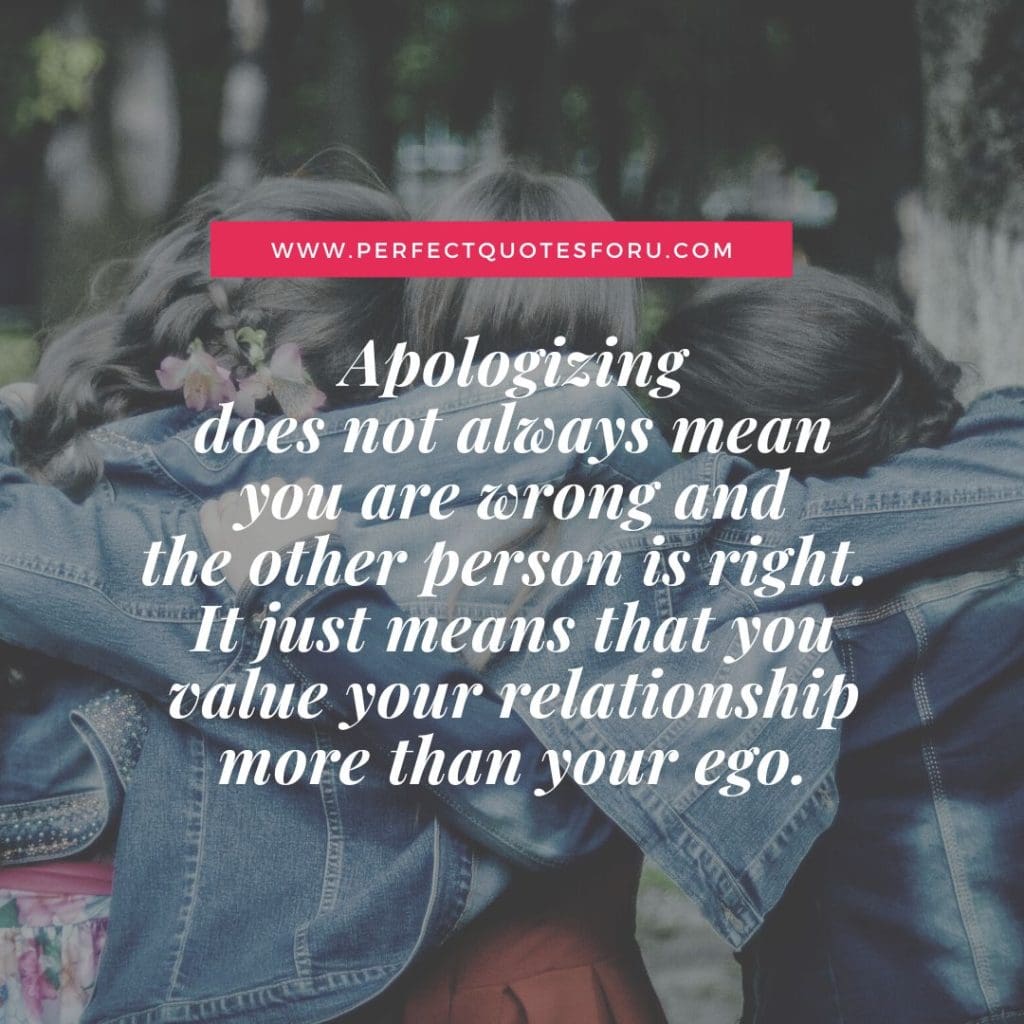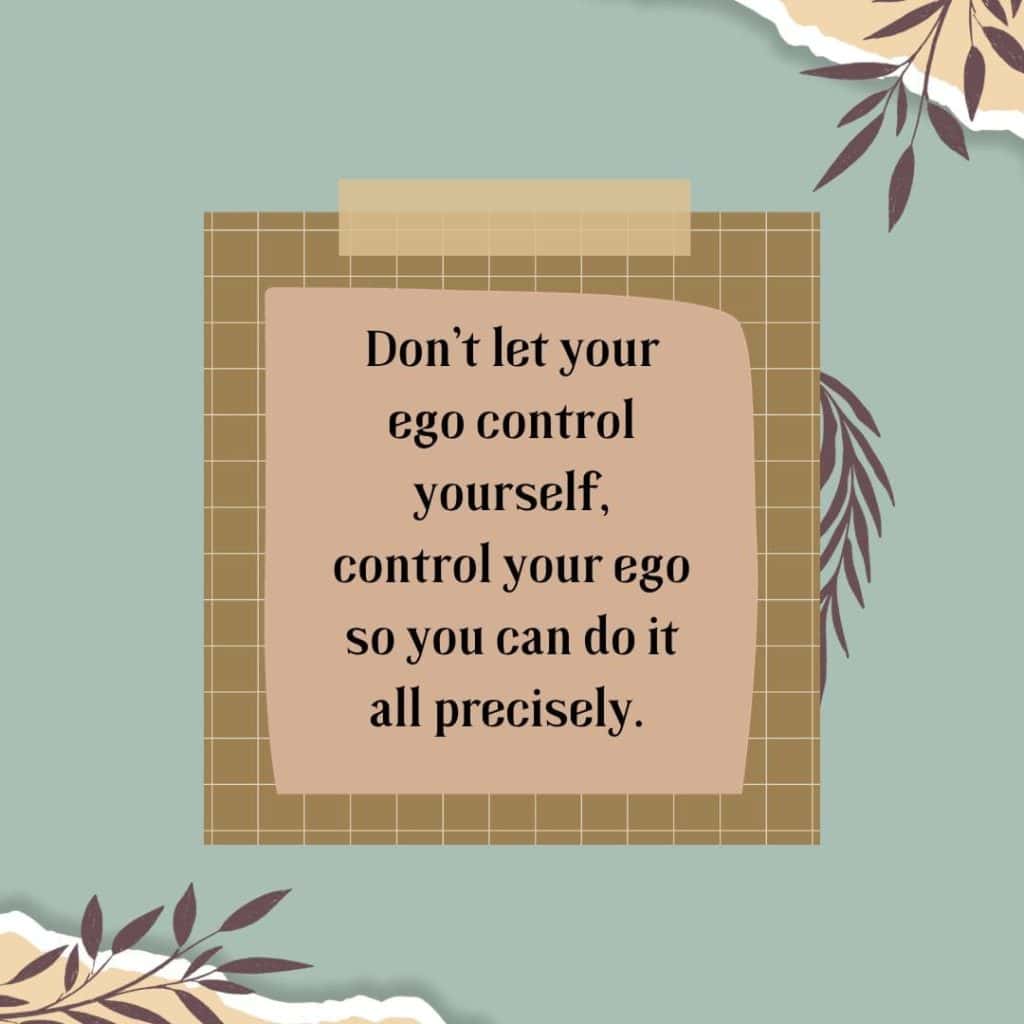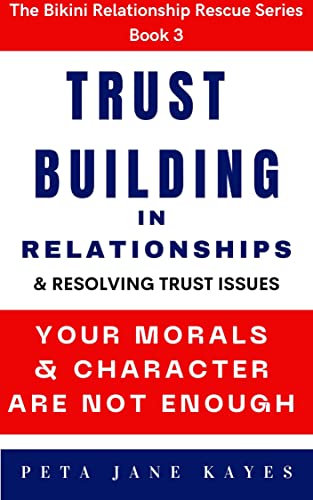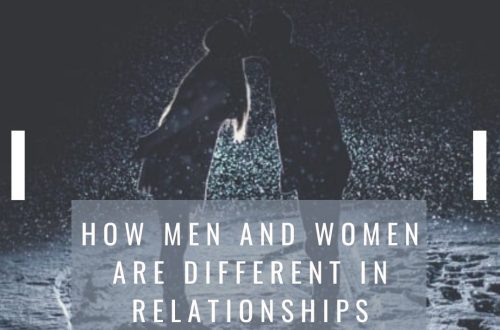
How to Understand Women’s behaviour in relationships in 2025: Key Insights
How to Understand Women’s Behaviour in Relationships in 2024: Key Insights
Understanding female behaviour has nevertheless, been associated with such complexity and nowadays men complain and look for relationship advice. The majority of the men complain that women’s behaviour initially is different however, when they get into a relationship is quite different. This has been the major cause of the increase in breakups and divorce rates. As an observer and understanding of male and female relationships and their dynamics, I have figured out certain female behaviour patterns but there can’t be a fixed approach for all.
How to Understand Women’s behaviour in Relationships | Types of Women
In love relationships, women, like men, also can exhibit a variety of personality types and characteristics. While it’s essential to avoid oversimplifying individuals into rigid categories, here are some broad types of women you may encounter in love relationships:
1. Independent Women:
These women nevertheless, value their autonomy and self-sufficiency. They are confident, and assertive, and enjoy pursuing their interests and goals both within and outside the relationship.
2. Nurturing Women:
Nurturing women are also caring, empathetic, and compassionate. They moreover, prioritize the well-being of their partner and often take on a caregiving role, offering emotional support and comfort.
3. Adventurous Women:
Adventurous women moreover, thrive on excitement and new experiences. They also enjoy spontaneity, exploration, and trying new things with their partner, whether it’s traveling to exotic destinations or embarking on outdoor adventures.
4. Career-Oriented Women:
Career-oriented women are also ambitious and dedicated to their professional pursuits. They may prioritize their career goals and aspirations, also balancing work commitments with their relationship.
5. Romantic Women:
Romantic women are idealistic and passionate about love. They enjoy grand gestures, heartfelt expressions of affection, and creating romantic moments to deepen their connection with their partner.
6. Analytical Women:
Analytical women are also logical and rational thinkers. They may approach relationships with a pragmatic mindset, analyzing situations and making decisions based on reason and evidence.
7. Spontaneous Women:
Spontaneous women are free-spirited and unpredictable. They embrace spontaneity and thrive on living in the moment, often bringing excitement and unpredictability to the relationship.
8. Calm and Grounded Women:
These women are emotionally stable, level-headed, and grounded. They provide a sense of stability and security in the relationship, often serving as a source of support during turbulent times.
9. Creative Women:
Creative women are imaginative and expressive. They enjoy exploring their artistic side and may infuse creativity into the relationship through various forms of expression, such as art, music, or writing.
10. Empowered Women:
Empowered women are self-aware, confident, and assertive. They advocate for themselves and their needs in the relationship, striving for mutual respect, equality, and fulfillment.
These are just a few examples, and individuals can possess a combination of traits from different categories. It’s essential to approach each person as a unique individual and appreciate the complexities and nuances that make them who they are.
Types of Attachment Styles
A man’s behaviour and even a woman’s behaviour are also influenced by the kind of attachment styles he or she has depending on past experiences. Note that, a person’s attachment style changes as a person evolves or encounters some bad memories. In psychology, attachment theory describes how individuals form emotional bonds and relate to others in relationships. There are four main attachment styles:
1. Secure Attachment:
Individuals with a secure attachment style feel comfortable with intimacy and autonomy in relationships. They can express their needs and emotions openly, trust their partner, and maintain healthy boundaries. Securely attached individuals typically have positive self-esteem and can navigate conflicts constructively.
2. Anxious-Preoccupied Attachment:
People with an anxious-preoccupied attachment style often crave intimacy and fear abandonment in relationships. They may constantly seek reassurance from their partner, worry about rejection or betrayal, and become overly dependent on their partner for validation. Anxiously attached individuals may struggle with self-esteem and have difficulty regulating their emotions.
3. Dismissive-Avoidant Attachment:
Individuals with a dismissive-avoidant attachment style tend to prioritize independence and self-sufficiency in relationships. They may avoid emotional intimacy, suppress their own needs and emotions, and maintain distance from their partner to protect themselves from vulnerability. Dismissively attached individuals may have a fear of intimacy and struggle with expressing emotions or forming deep connections.
4. Fearful-Avoidant Attachment (Disorganized Attachment):
People with a fearful-avoidant attachment style also experience conflicting desires for closeness and independence in relationships. They may exhibit erratic behavior, oscillating between seeking intimacy and withdrawing from it due to fear of rejection or betrayal. Fearfully attached individuals may have experienced trauma or inconsistent caregiving in childhood, leading to difficulties trusting others and forming secure attachments.
Attachment styles also can influence how individuals perceive and respond to relationship dynamics, including communication, intimacy, and conflict resolution. Recognizing one’s attachment style and that of their partner can help foster understanding, empathy, and stronger emotional connections in relationships.
How to Understand Women’s Behaviour in Relationships: Points to Remember
Understanding women’s behavior in relationships requires empathy, communication, and moreover, a willingness to appreciate their individuality and unique perspectives. Here’s a guide with headings to help navigate and understand women’s behavior in relationships:
1. Empathy and Emotional Intelligence
Put yourself in her shoes and try to understand her feelings, also acknowledge her emotions and validate her experiences. Pay attention to what she says, and how she feels, and respond with empathy and compassion.
2. Communication and Understanding
Encourage open and honest communication, where both partners feel comfortable expressing their thoughts and feelings. Ask questions also to better understand her thoughts, needs, and desires. Give her your full attention when she’s speaking, and avoid interrupting or dismissing her concerns.
3. Respect and Appreciation
Respect her boundaries, and opinions, and also avoid pressuring her into situations she’s uncomfortable with. Celebrate her unique qualities and differences, recognizing that diversity enriches the relationship. Express gratitude and moreover, appreciation for her contributions to the relationship, whether big or small.
4. Empowerment and Support
Support her also in pursuing her interests, goals, and aspirations, and celebrate her achievements. Be there for her during challenging times and work together as partners, sharing responsibilities, making decisions jointly, and facing challenges as a team.
5. Recognize Complexities and Nuances
Also Recognize that women are individuals with diverse backgrounds, personalities, and experiences, and avoid making assumptions. Understand that women, like everyone else, however, are complex beings with emotions and motivations, and it may take time to fully understand them.
6. Cultural and Contextual Sensitivity
Be mindful of cultural differences and also how they may influence her behavior and expectations in the relationship. Consider the context in which her behavior occurs, moreover, including past experiences, societal influences, and situational factors.
How to Understand Women’s Behaviour in Relationships in 2024 | Conclusion
By recognizing the diverse ways in which women express themselves and navigate through relationship issues, individuals also can cultivate healthier and more fulfilling relationships. Also, embracing emotional authenticity, promoting effective communication, and fostering mutual respect are key ingredients for building lasting connections based on understanding and empathy. Through continuous effort and willingness to grow together, couples moreover, can embark on a journey of shared understanding and profound emotional connection.
Check out the books from the author Petra Jane Kayes which discuss details about relationship and trust issues!
If you are finding ways to build a lasting connection and strong relationships, check out my article on How to Build a Lasting Connection in Love.
If you like my article, moreover do share it with your friends and someone who requires to read this article. Click on the notification and don’t forget to follow my website Perfect Quotes for You for more such articles. Also don’t forget to share it on social media platforms by clicking on the social media icons below. Feel free to Drop a comment or ask any questions.
Good news for all my beloved readers! My name is Vinay and I have started life coaching to guide you in your life journey. I help you find out the answers to the questions you always wanted to know and acknowledge. Feel free to drop a WhatsApp text, give a call, or simply send a message in the chat box of my blog.













